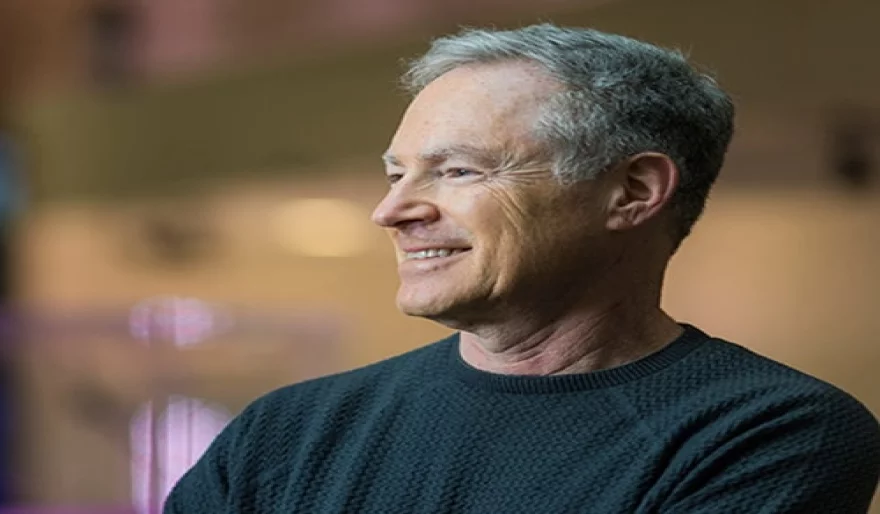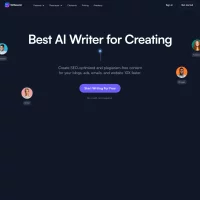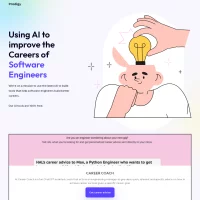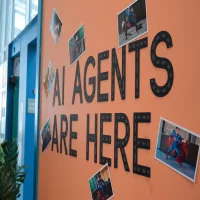Stay Ahead of the Curve
Latest AI news, expert analysis, bold opinions, and key trends — delivered to your inbox.
Beyond AI: Microsoft's Journey into Emerging Technologies
3 min read Microsoft's Chief Scientific Officer, Eric Horvitz, reflects on AI's potential for human flourishing in a blog post. He highlights the remarkable advancements of OpenAI's GPT-4, showcasing its significant intelligence leap over GPT-3. June 01, 2023 07:17
Microsoft's Chief Scientific Officer, Eric Horvitz, shares his reflections on AI and the future of human flourishing in a recent blog post. He discusses the surprising capabilities of OpenAI's GPT-4, emphasizing its significant leap in intelligence compared to GPT-3.
Horvitz describes GPT-4's ability to interpret intentions and provide sophisticated answers as a "phase transition," evoking imagery of emergent phenomena. He believes that GPT-4 and its successors hold tremendous transformative potential.
Alongside OpenAI, Microsoft invited experts to explore the opportunities and challenges posed by GPT-4 across various industries. Early access to the model allowed them to delve into its capabilities and contribute essays on its implications.
Interestingly, on the same day, Horvitz also signed a document published by the Center for AI Safety, expressing concerns about mitigating the risks of AI. The document highlights the importance of prioritizing AI risk mitigation on a global scale.
The response to the document has been mixed, with some experts elaborating on their reasons for signing while others express concerns about overemphasizing undefined risks. Horvitz acknowledges the challenges of developing safe AI and his anxiety about its transformative nature.
In his blog post, Horvitz does not explicitly mention the potential risk of extinction from AI, focusing more on the challenges and anxieties associated with the technology. Microsoft continues to explore various emerging technologies beyond AI, such as digital currencies.
Microsoft remains committed to advancing the field of AI while addressing the concerns and challenges it presents. The future of AI holds great promise, and Horvitz's reflections provide valuable insights into the ongoing dialogue surrounding its impact on human flourishing.



















 AI Agents
AI Agents